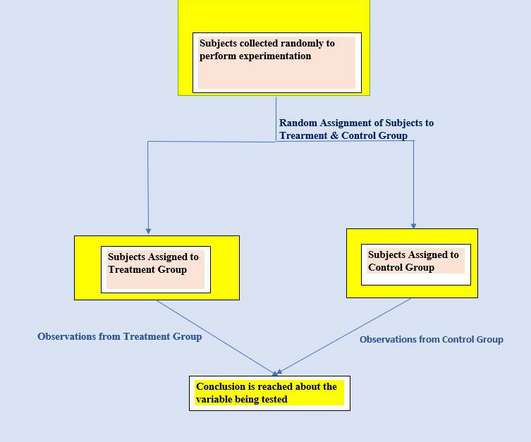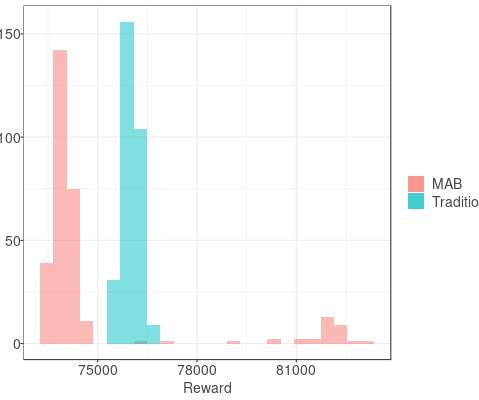Methods of Study Design – Experiments
Data Science 101
JANUARY 15, 2020
Some pitfalls of this type of experimentation include: Suppose an experiment is performed to observe the relationship between the snack habit of a person while watching TV. Reliability: It means measurements should have repeatable results. For eg: you measure the blood pressure of a person.
















Let's personalize your content